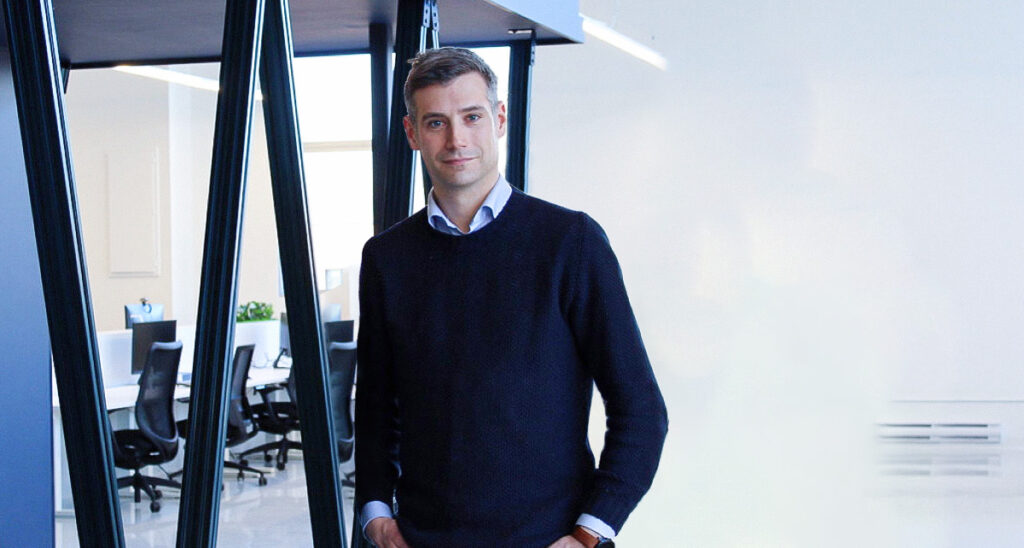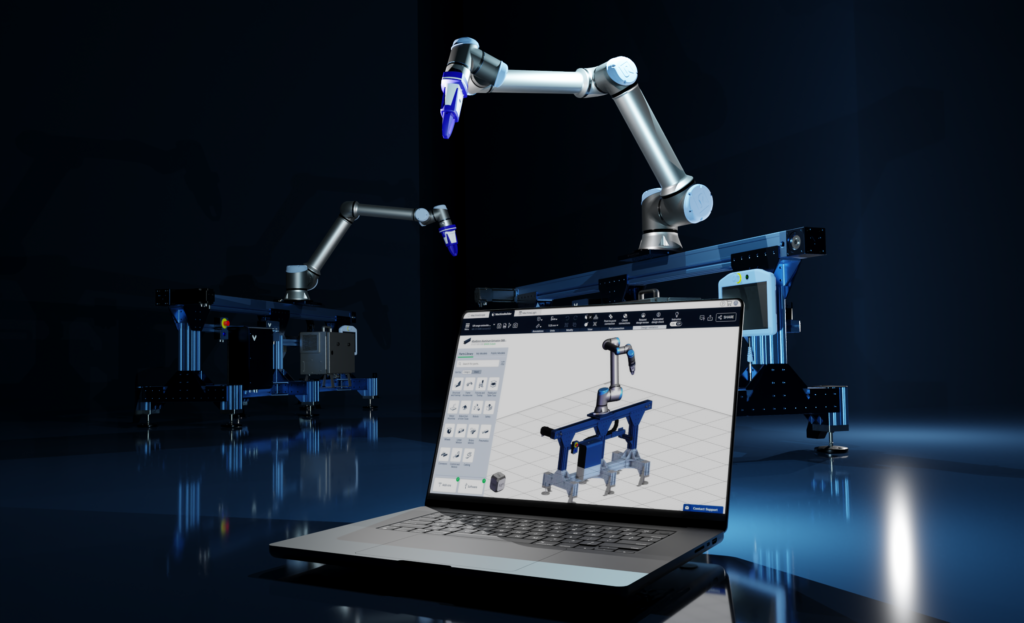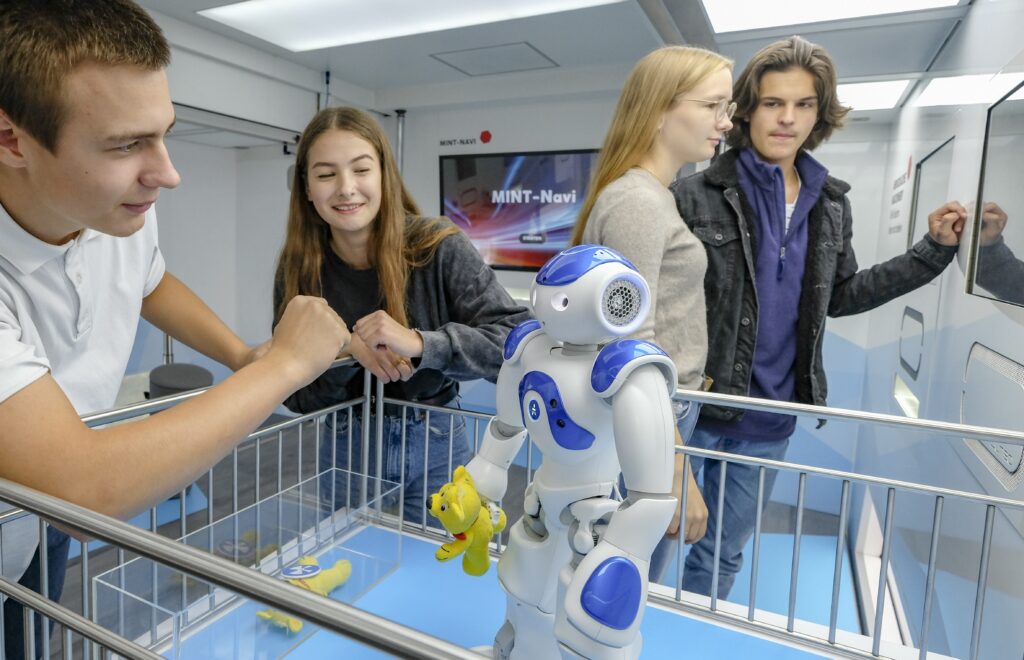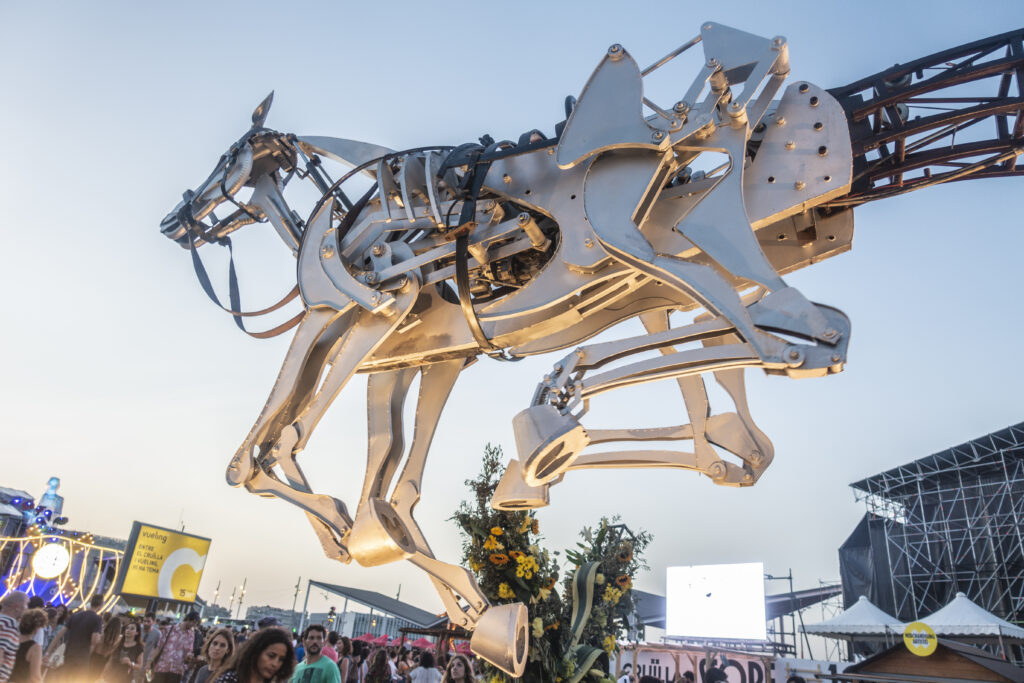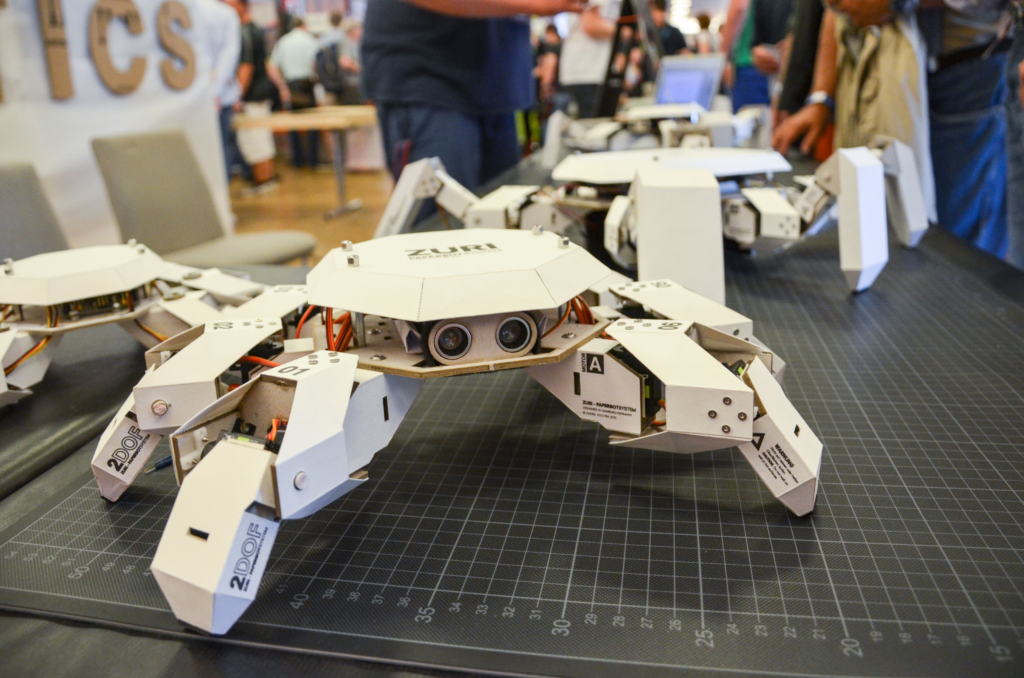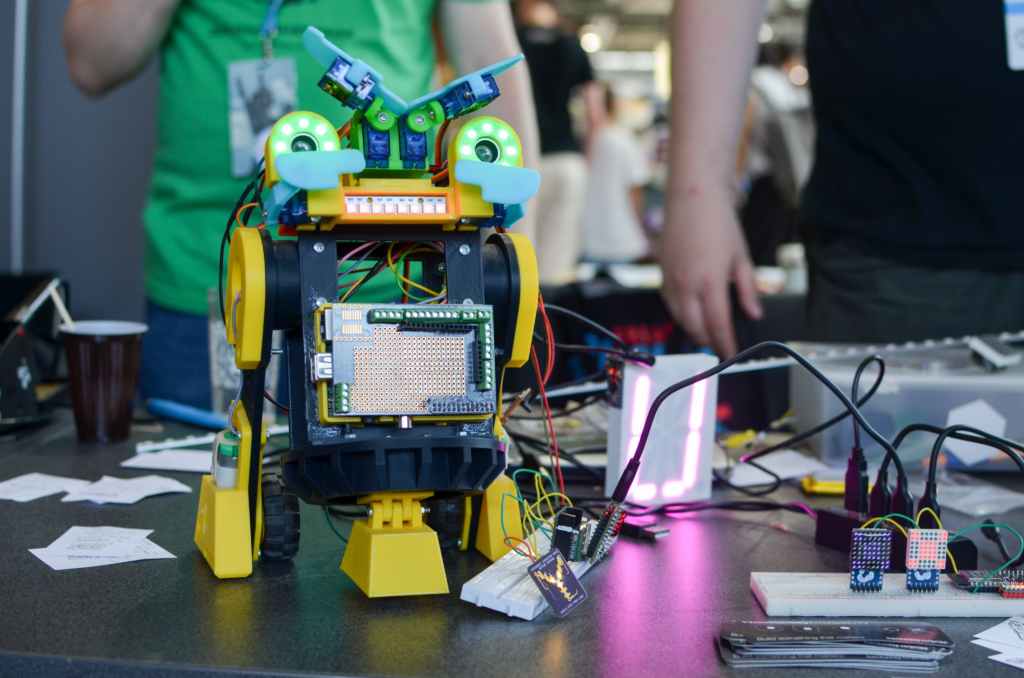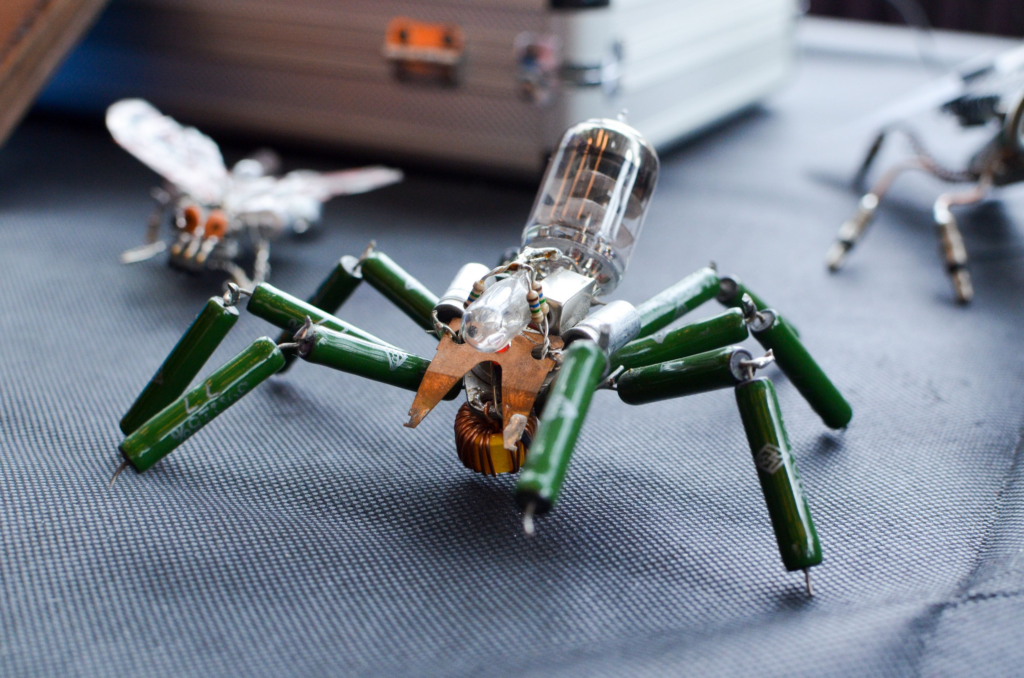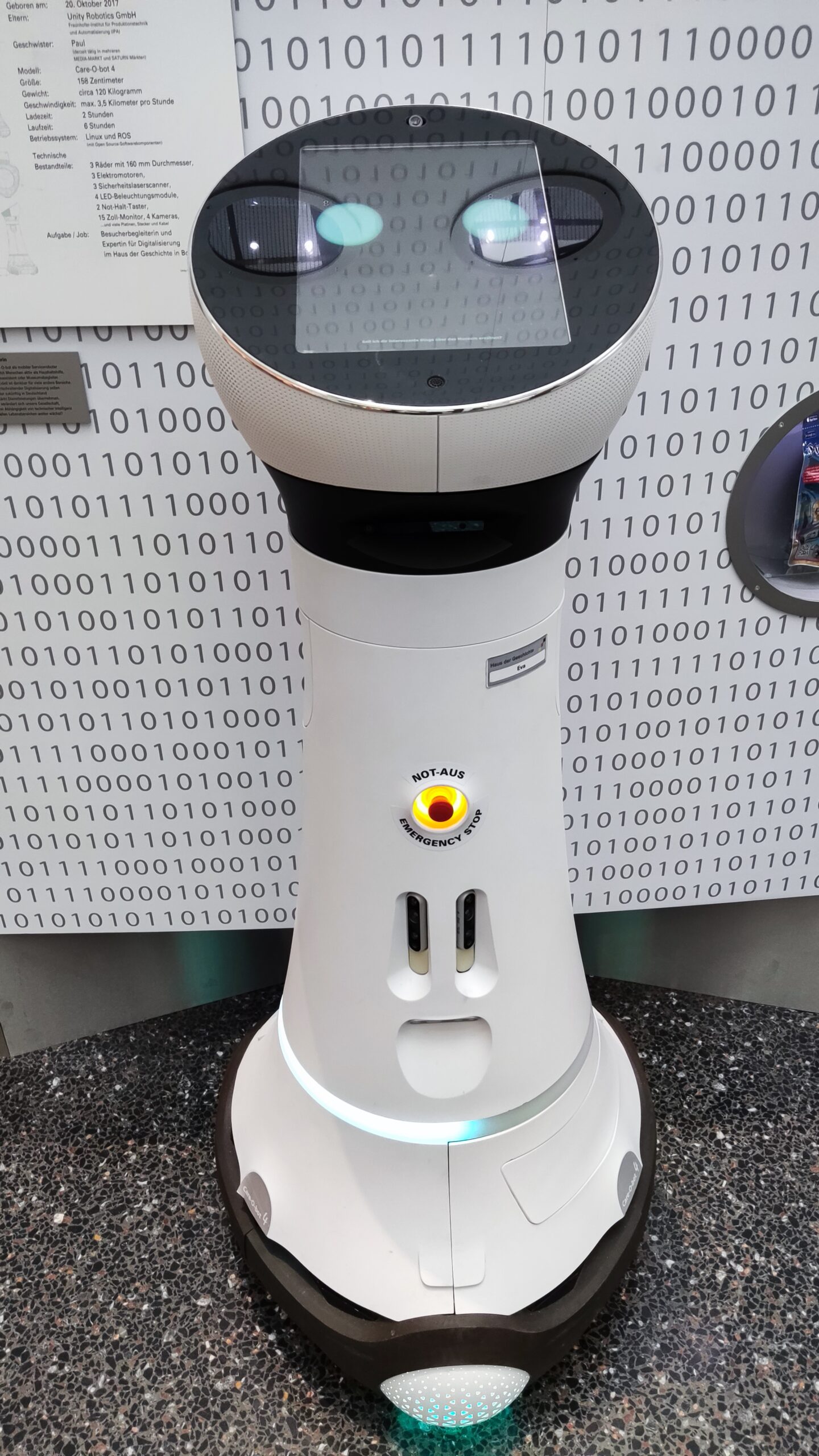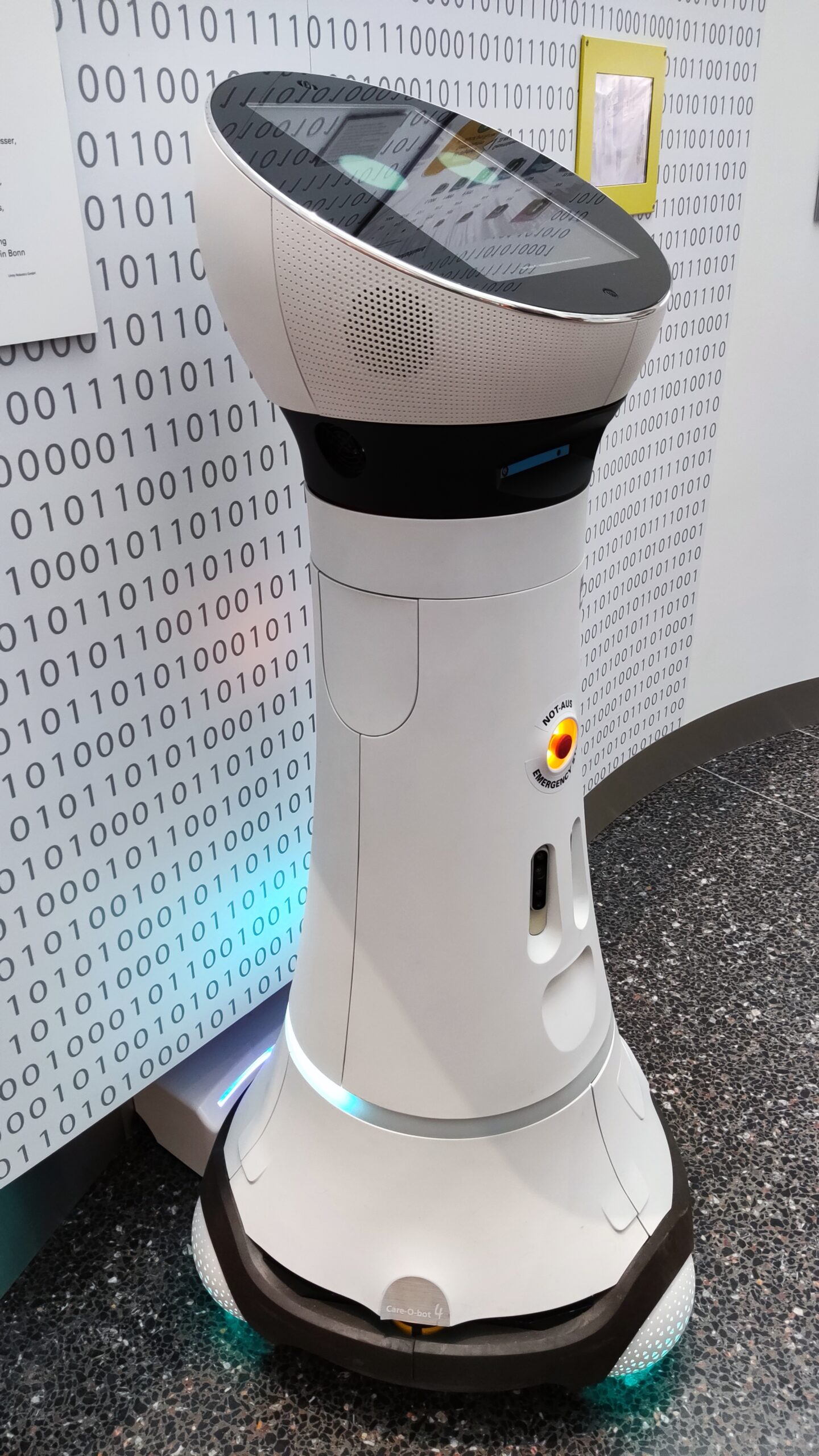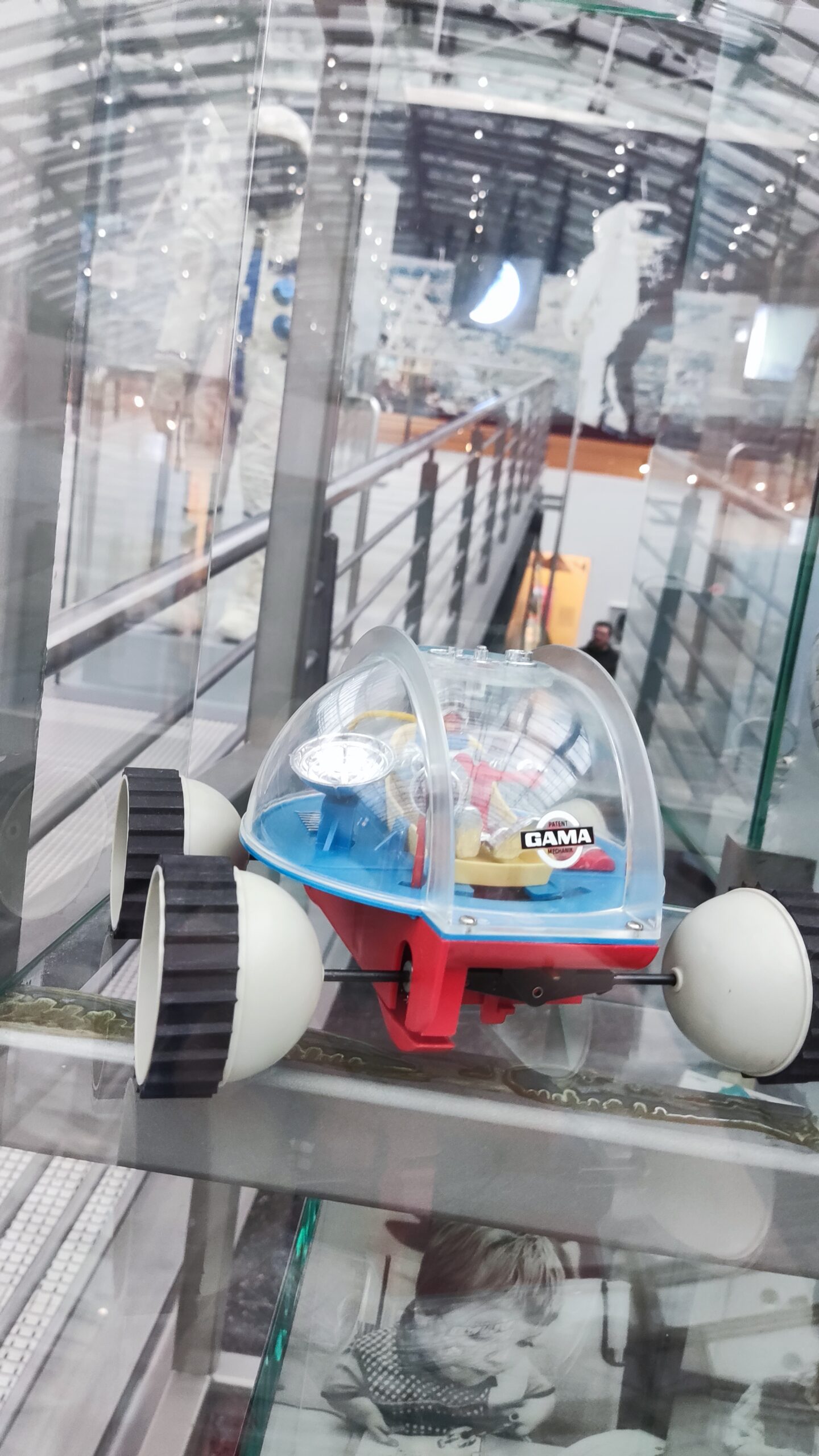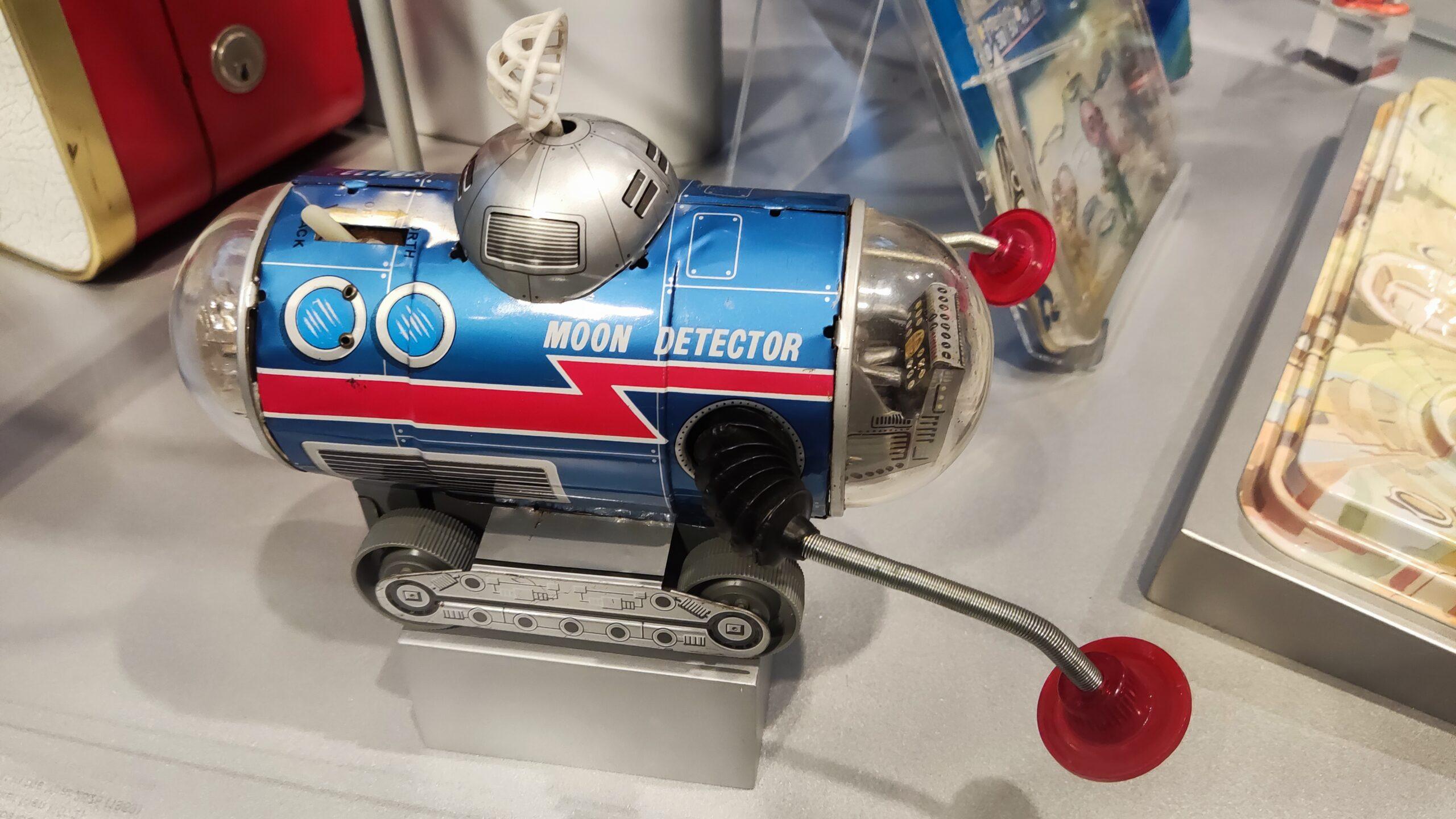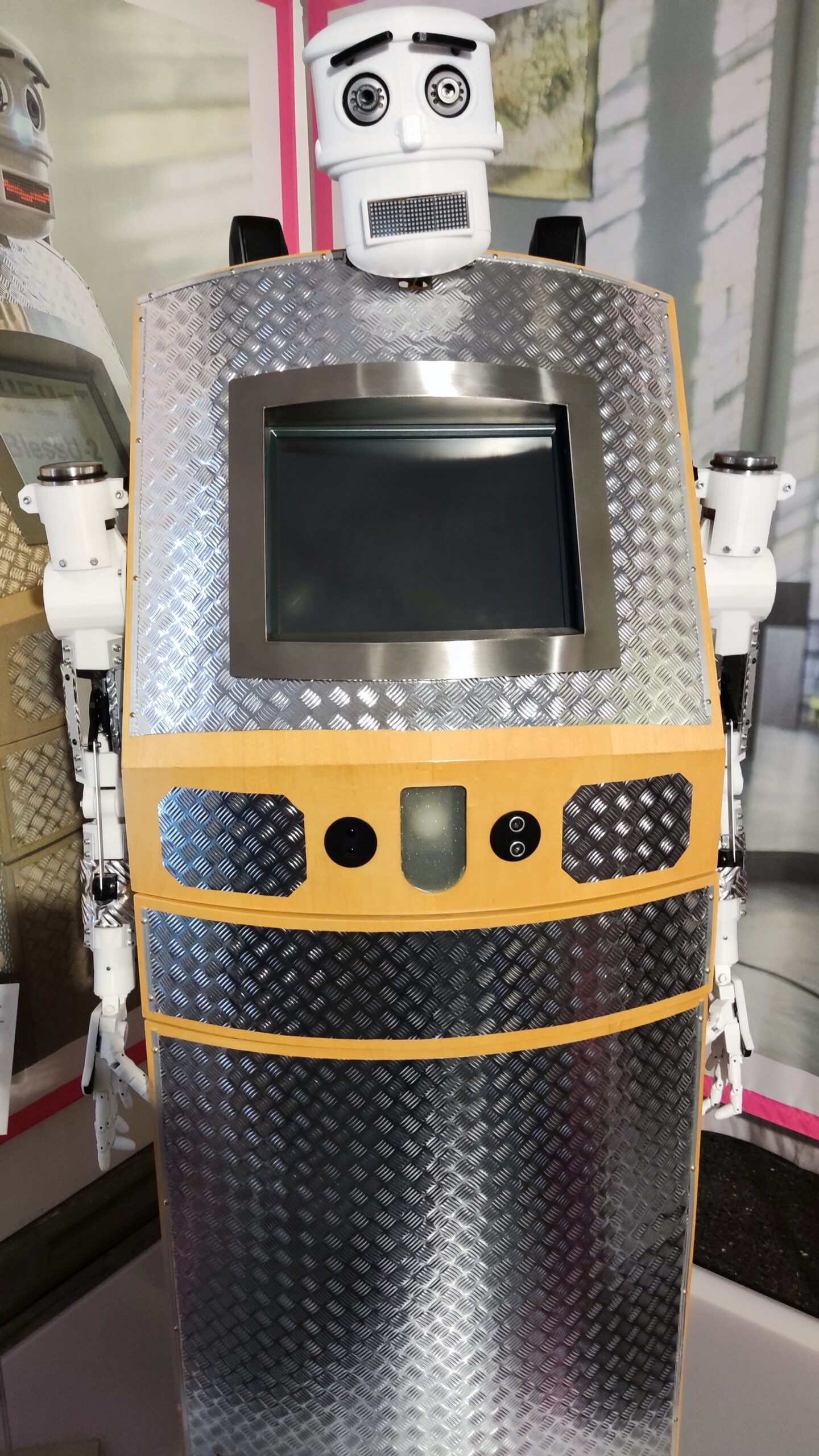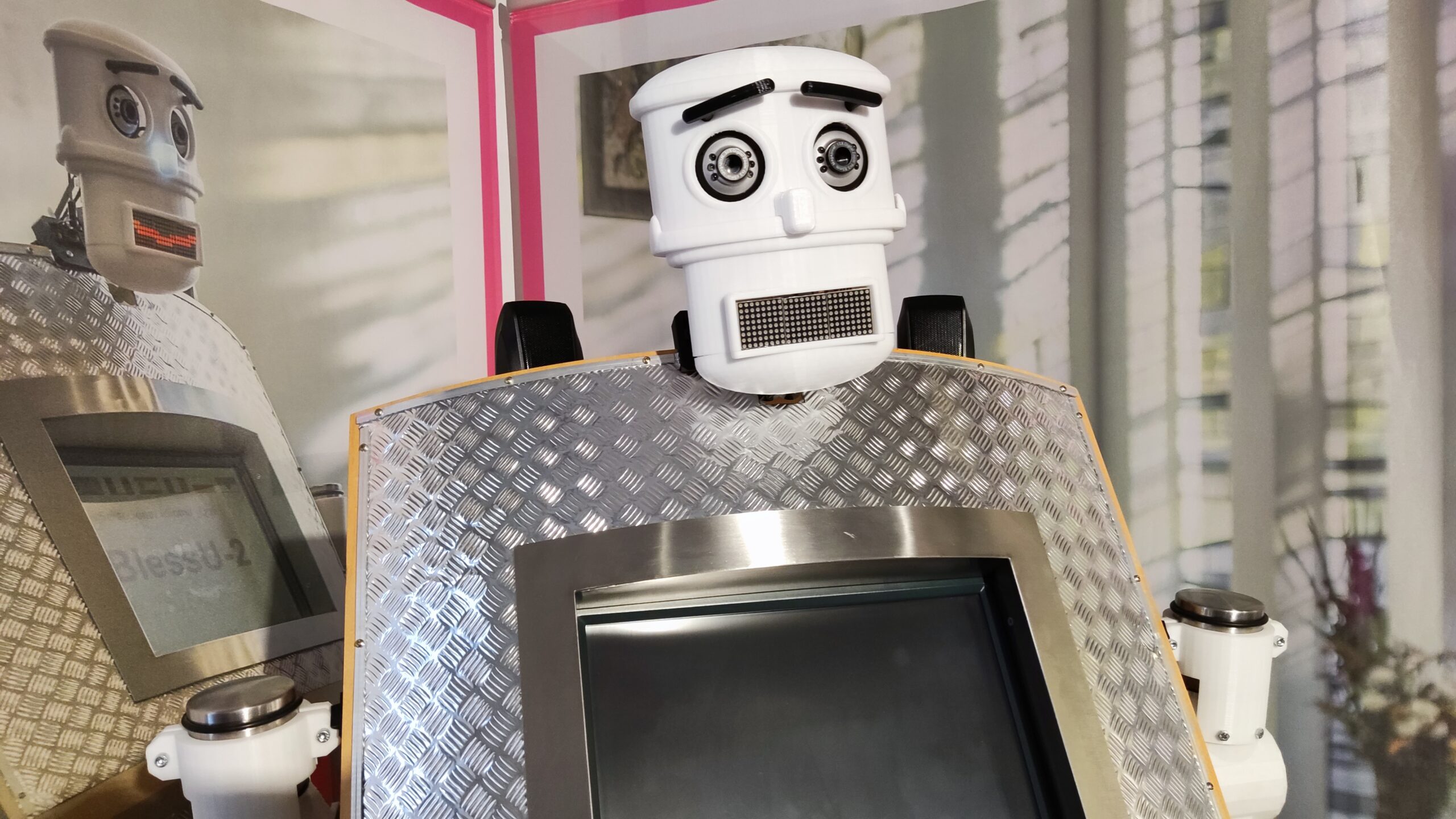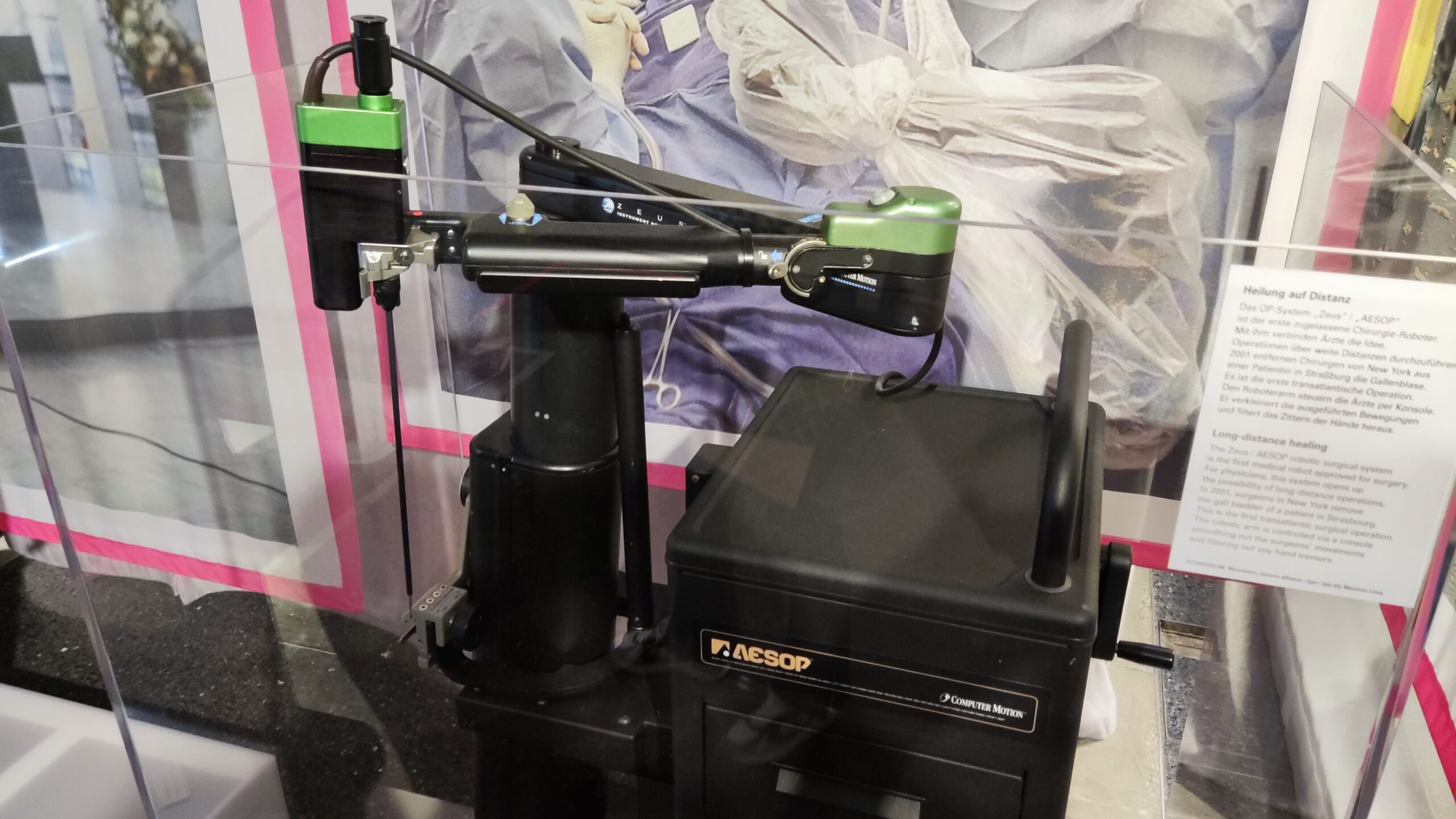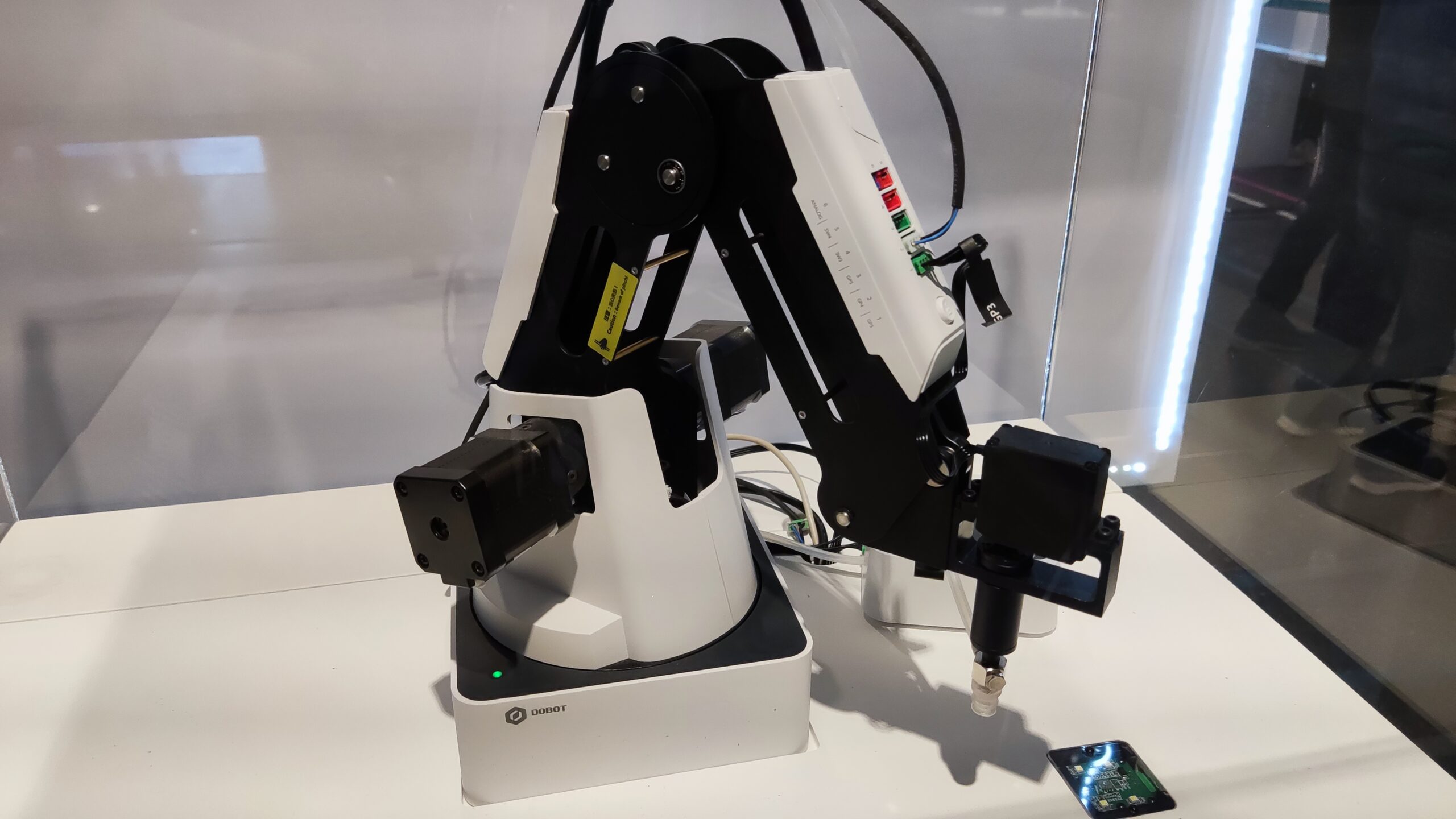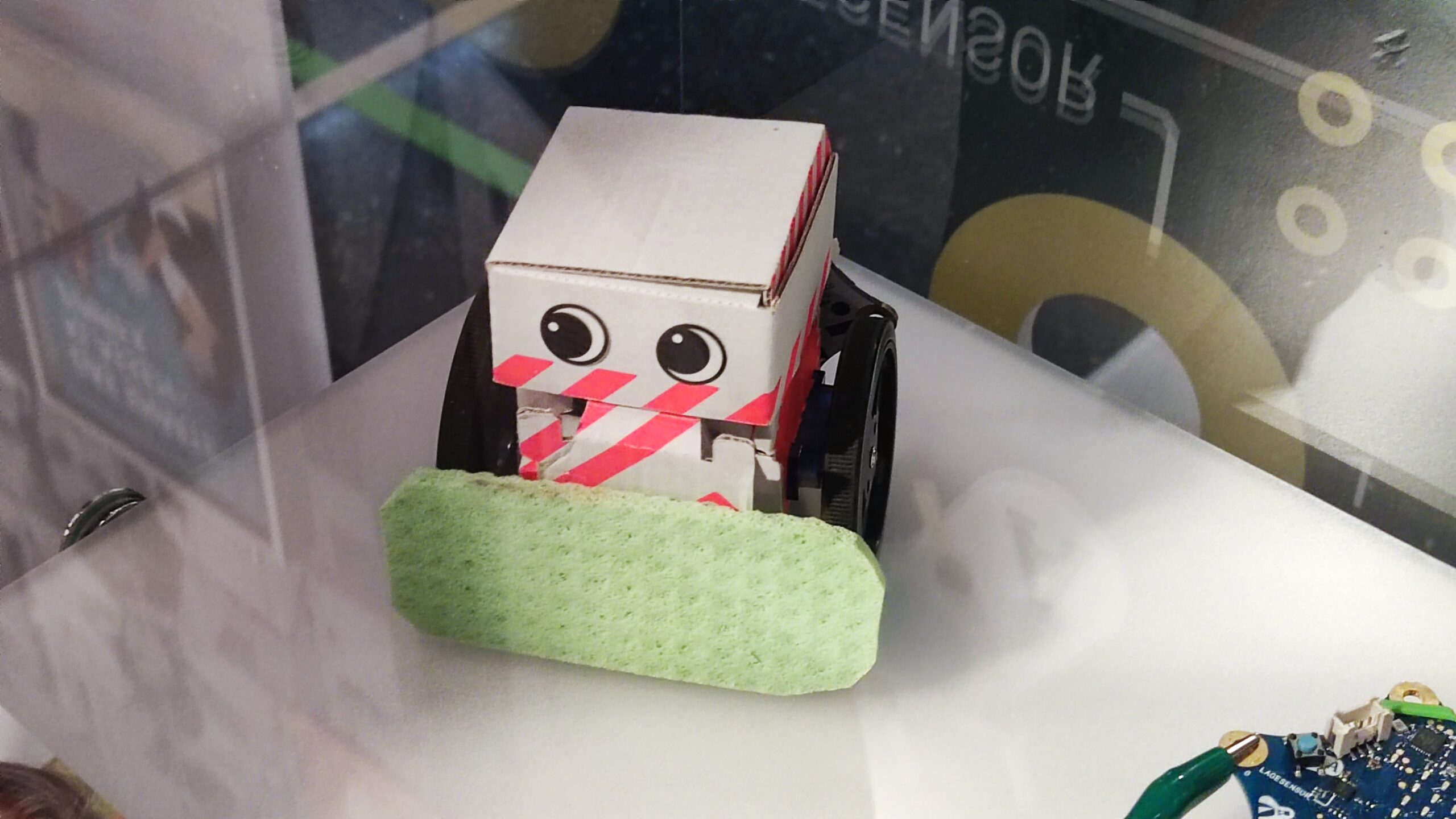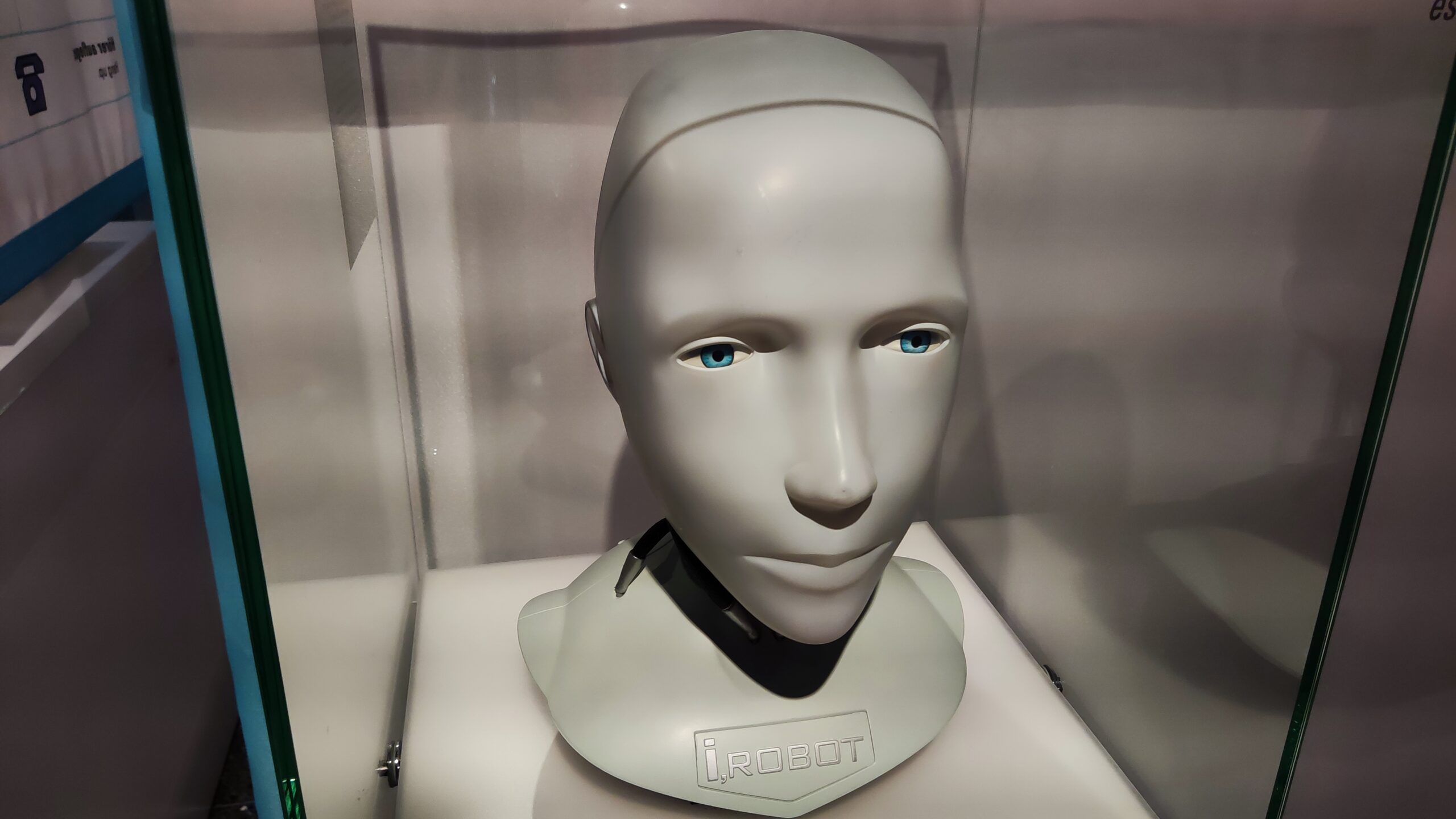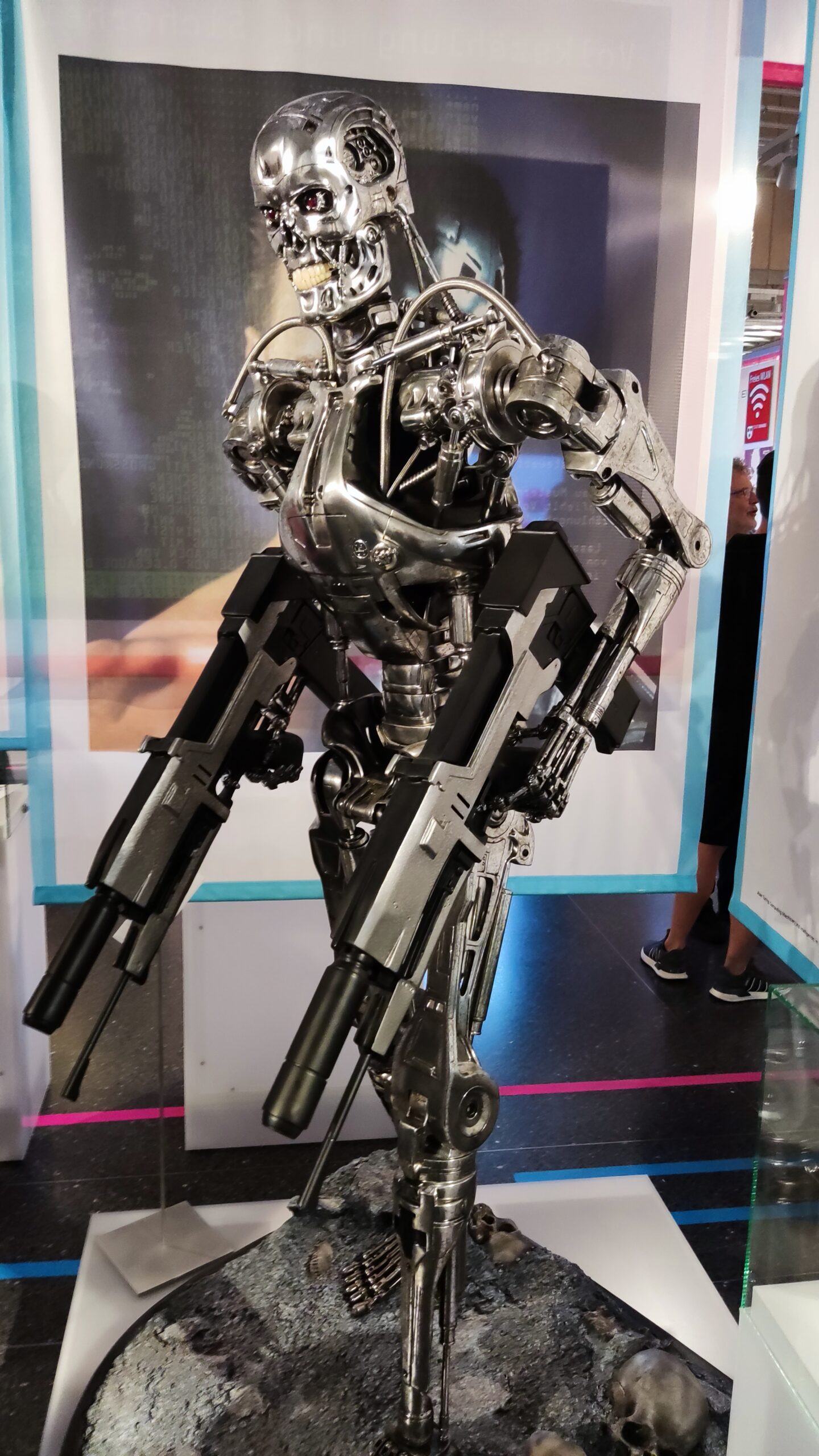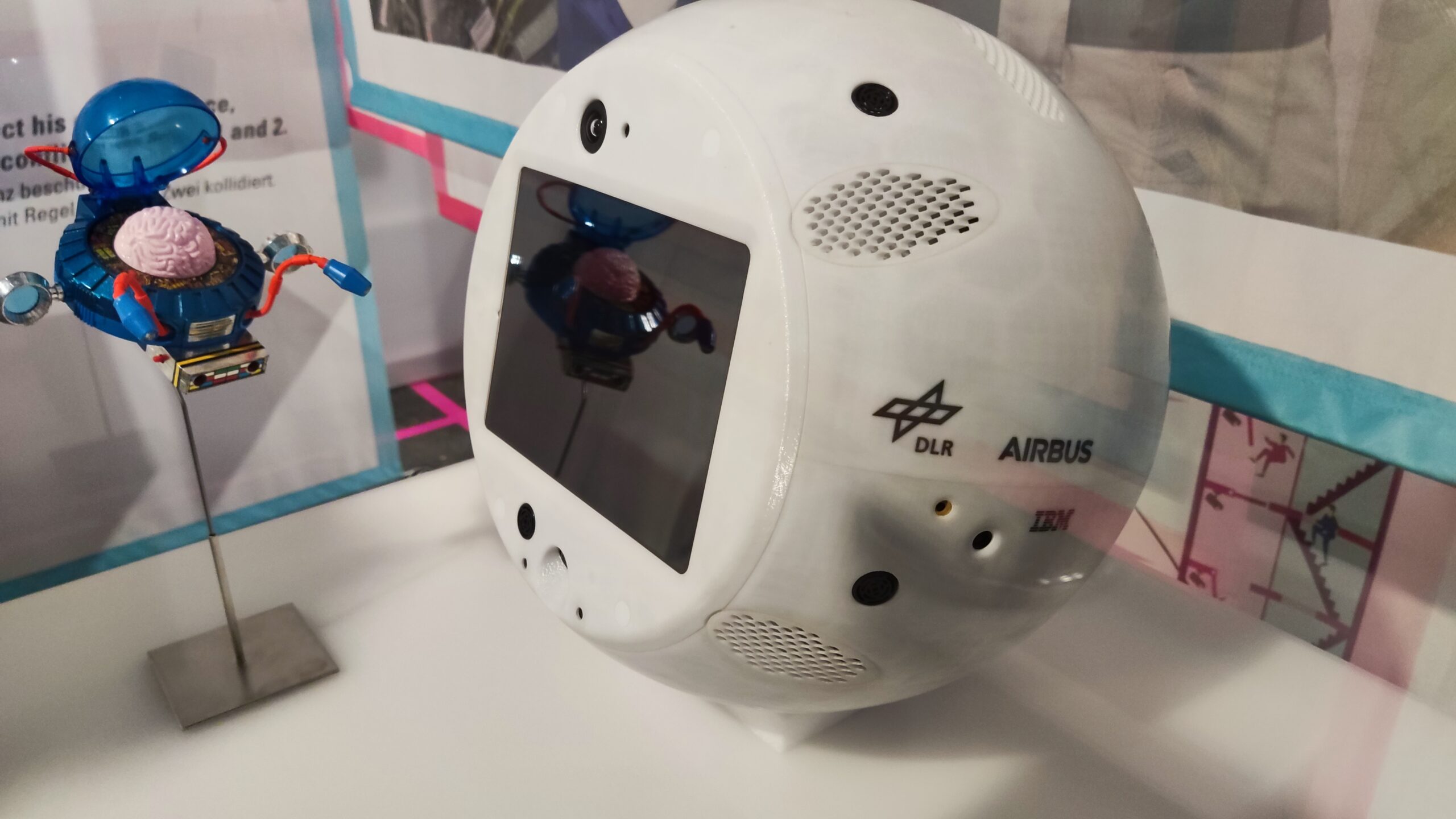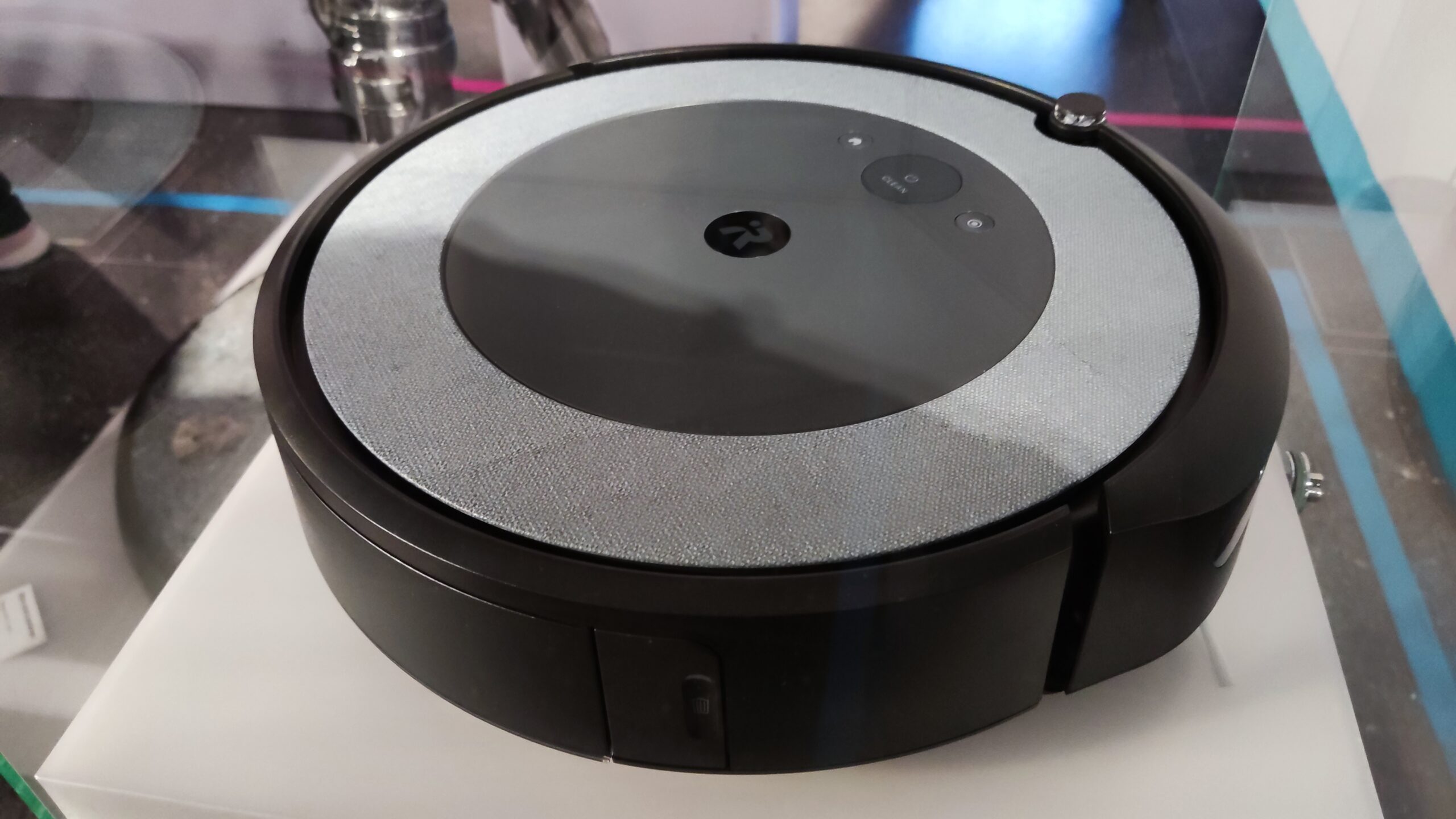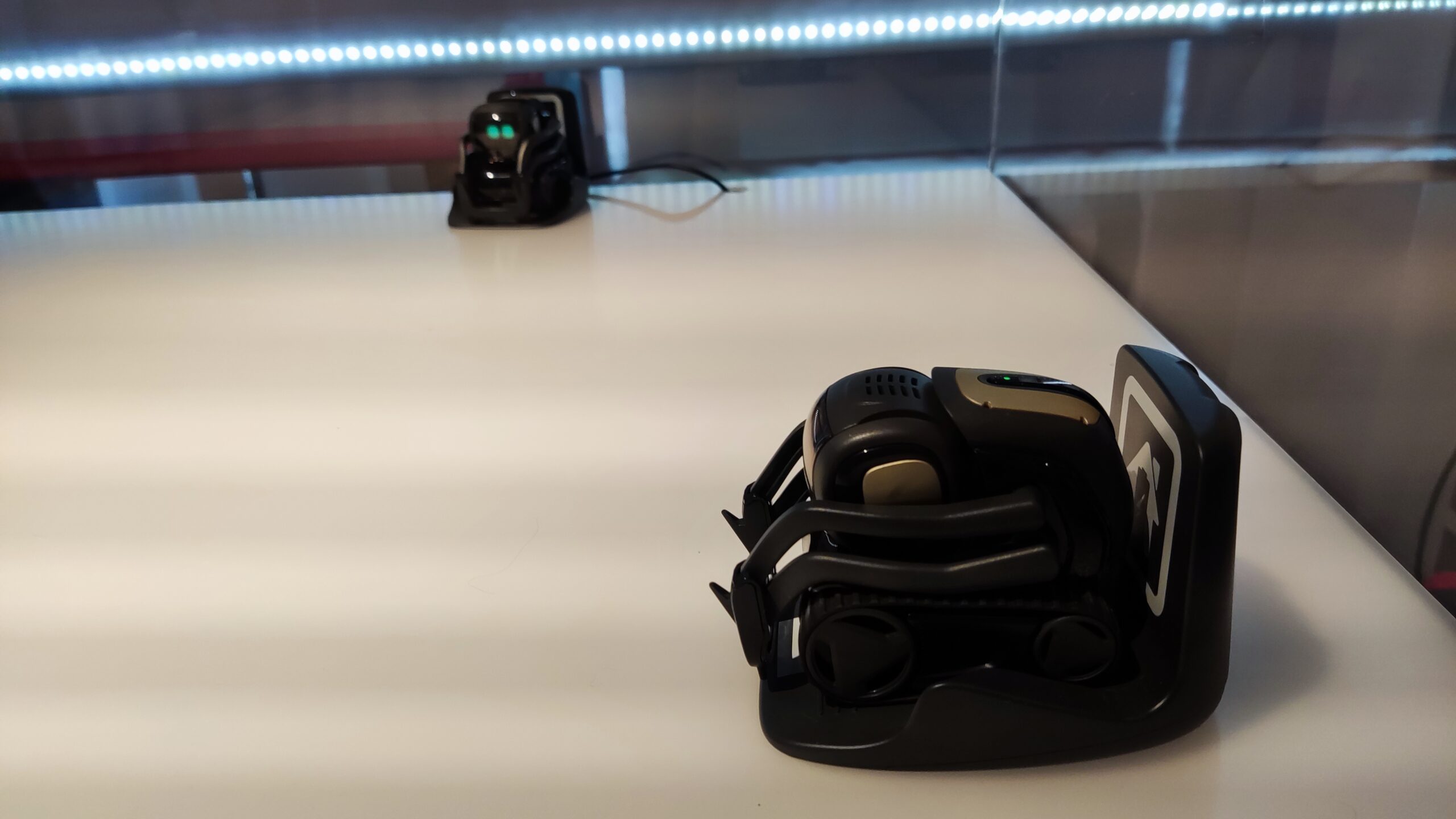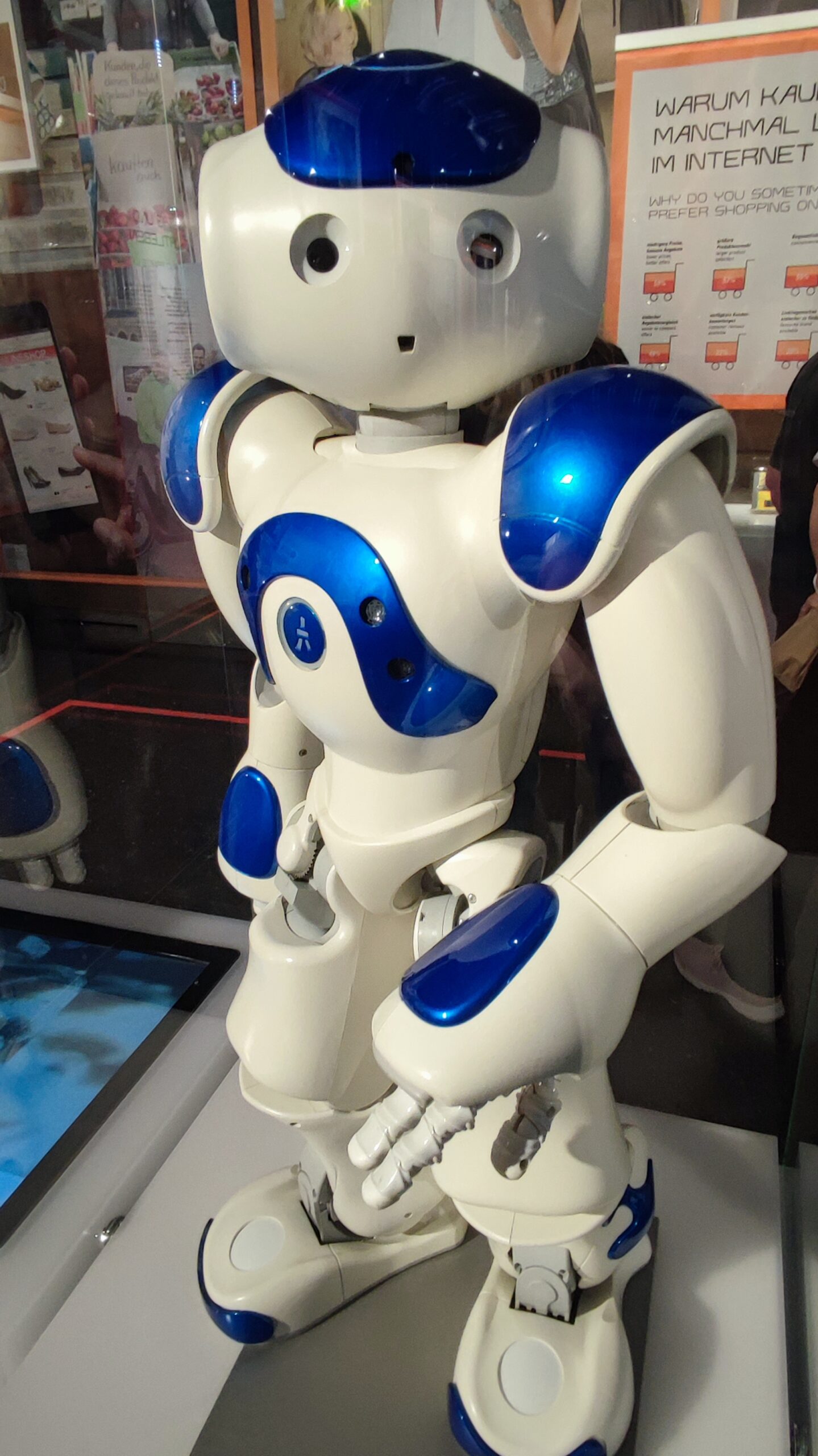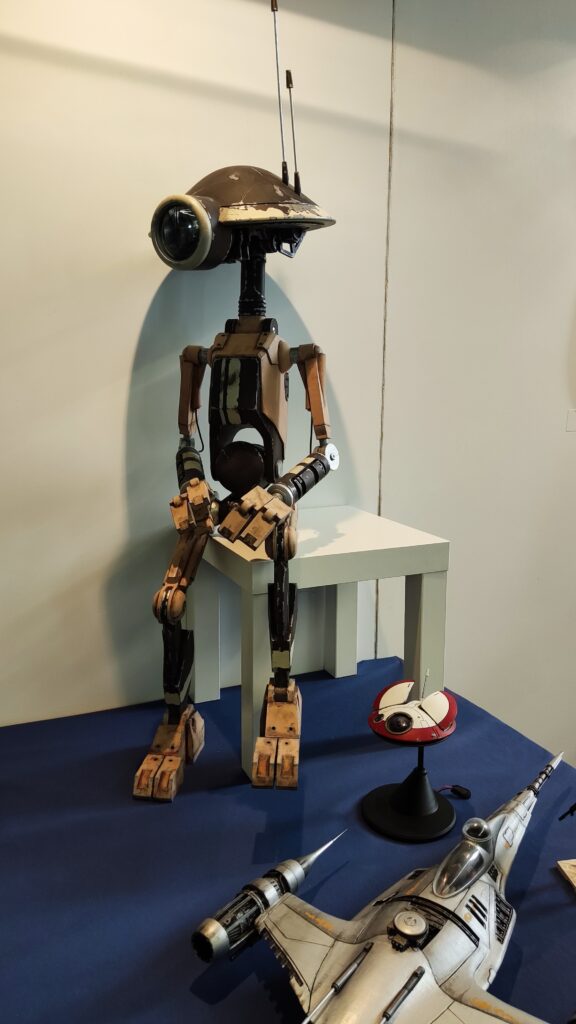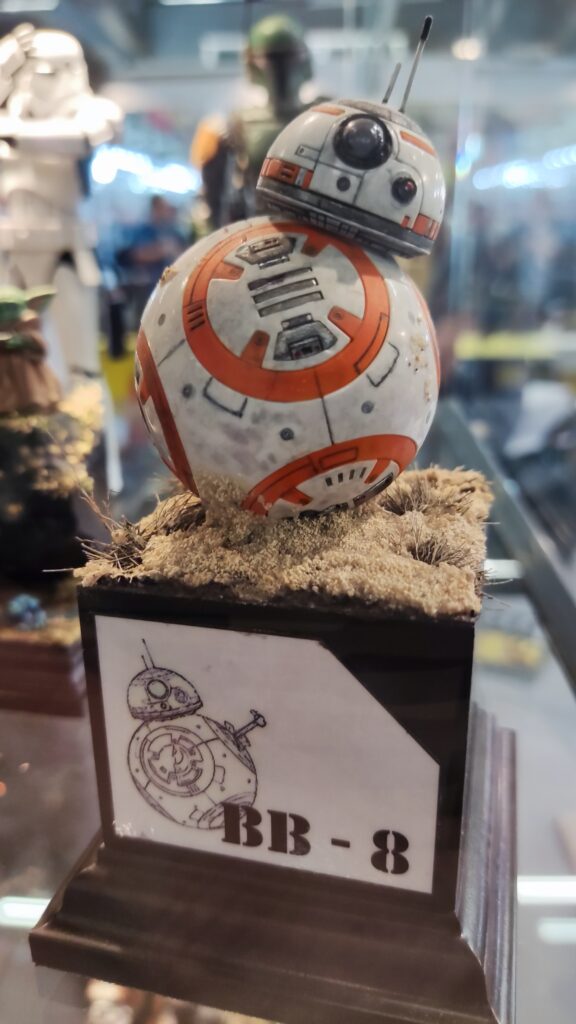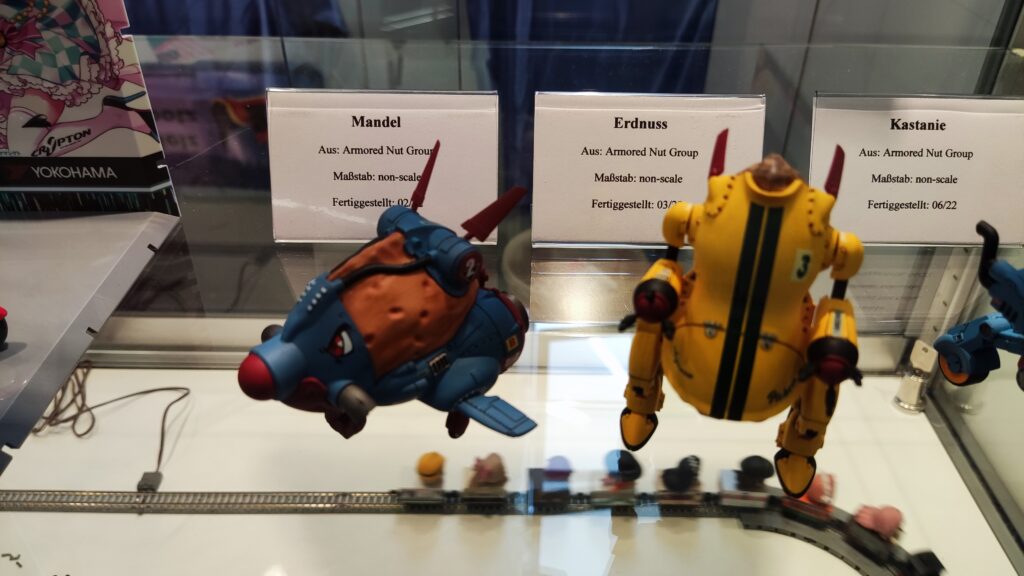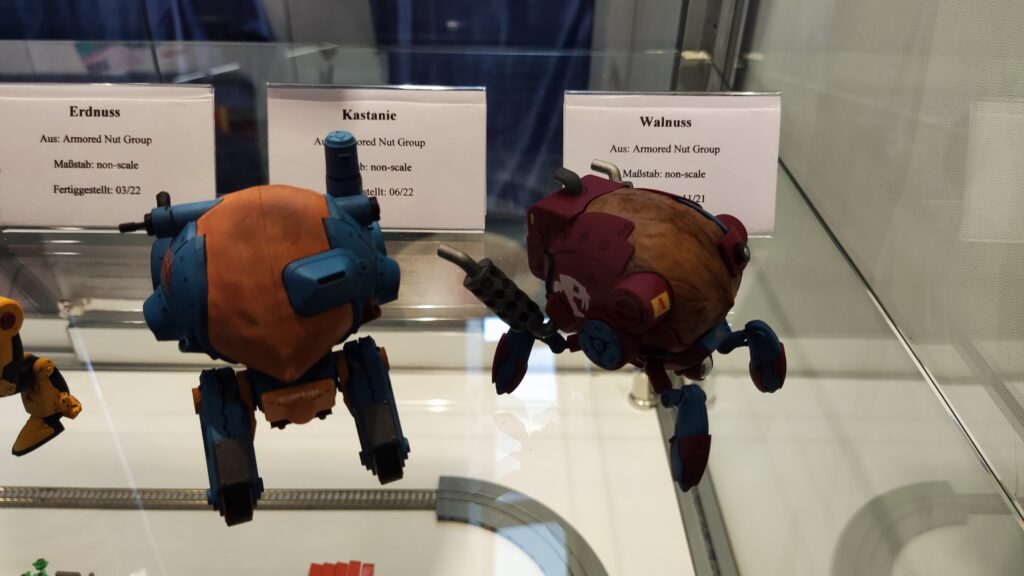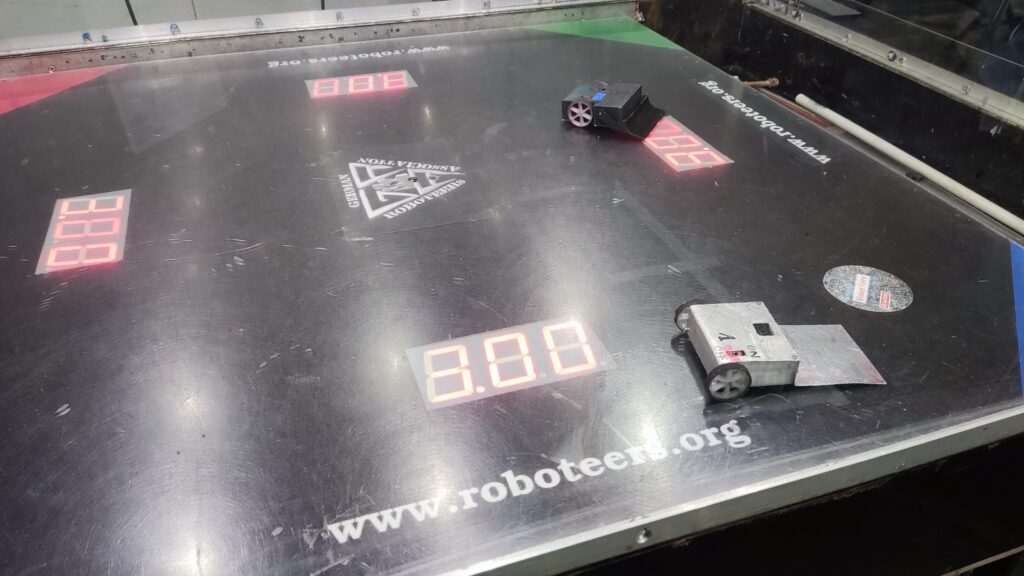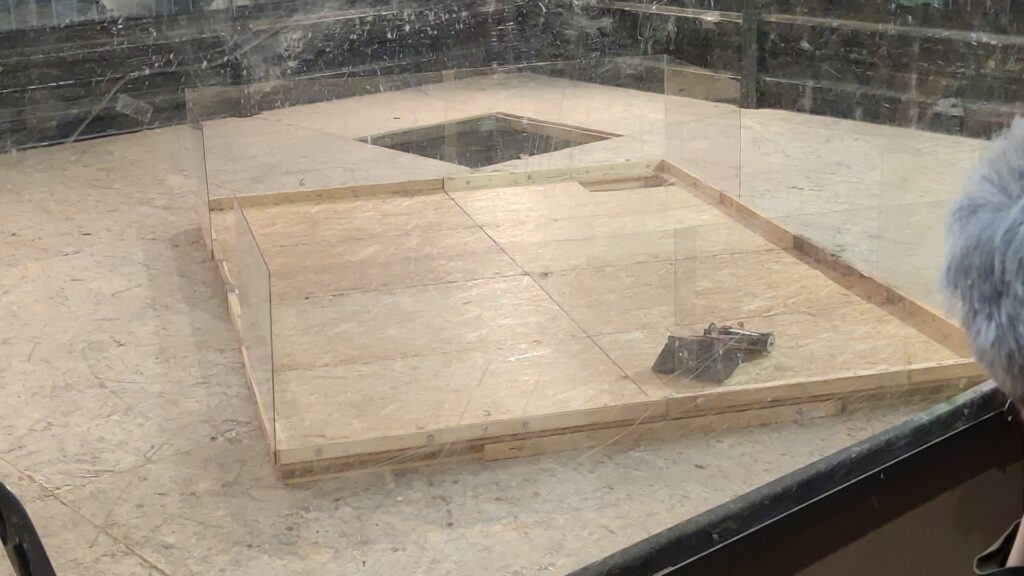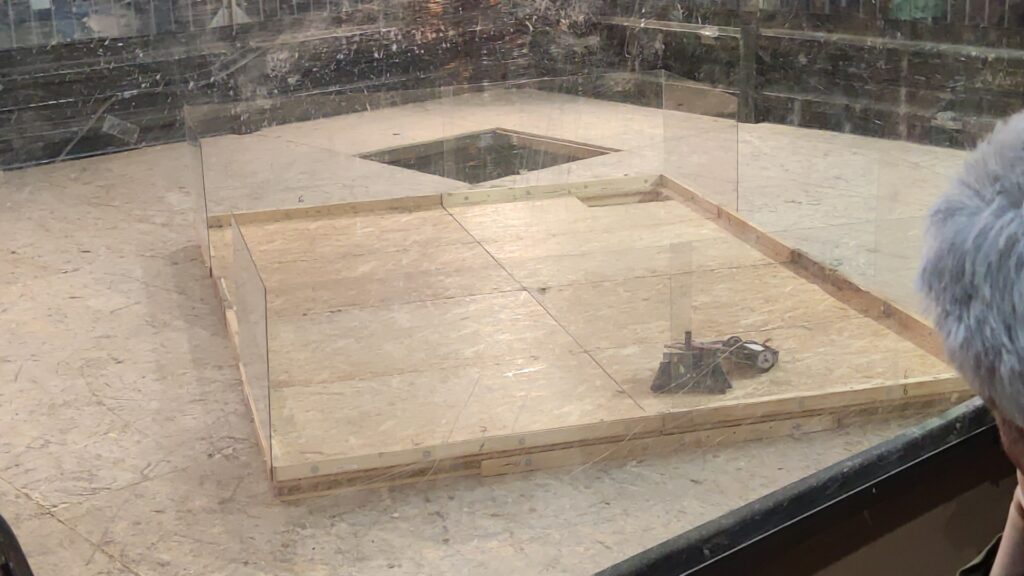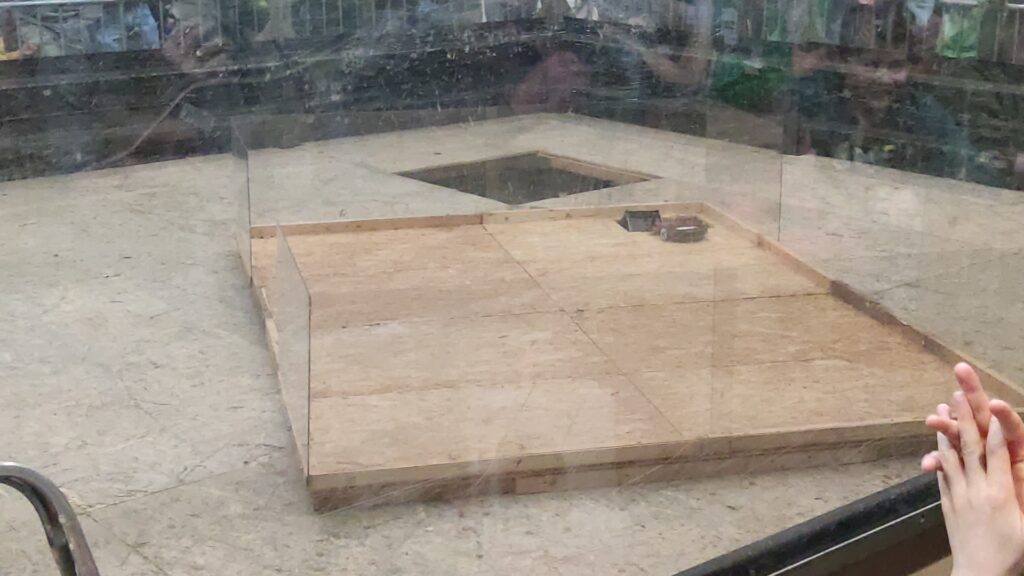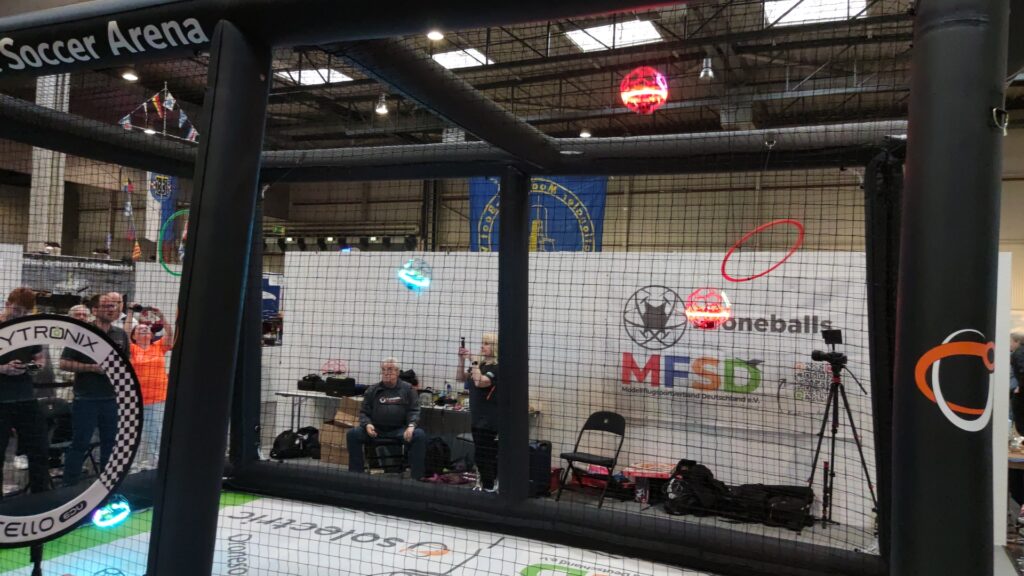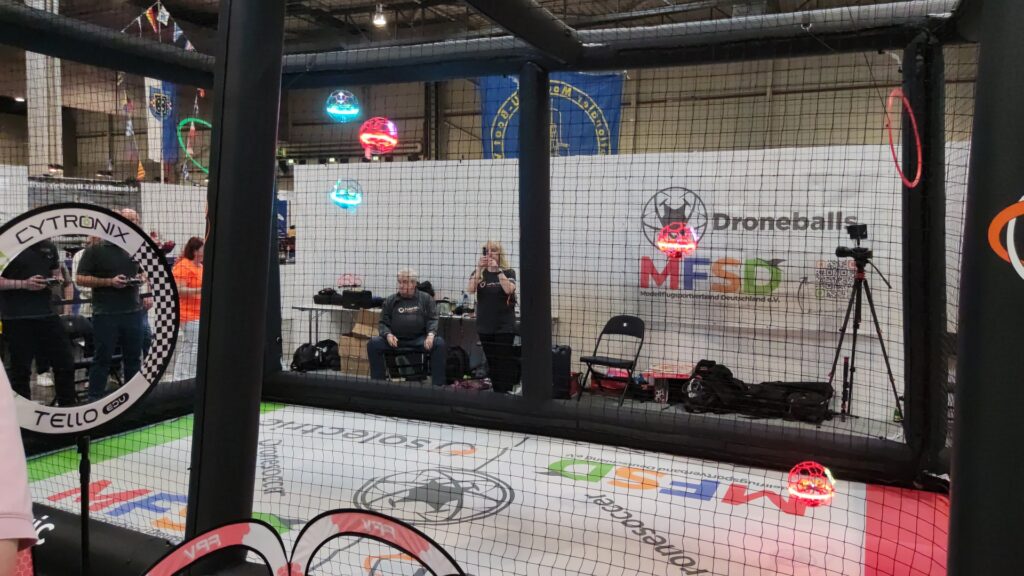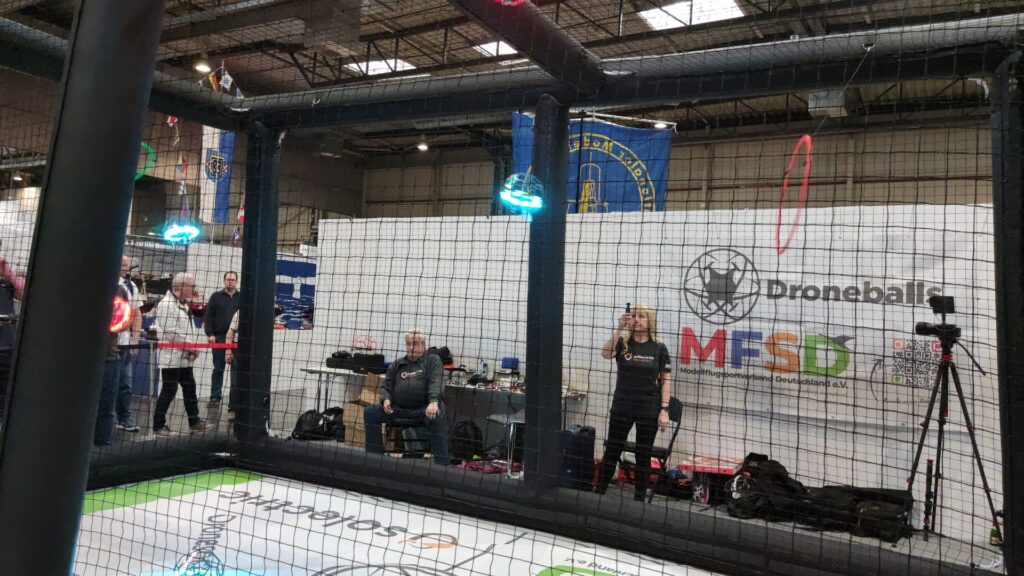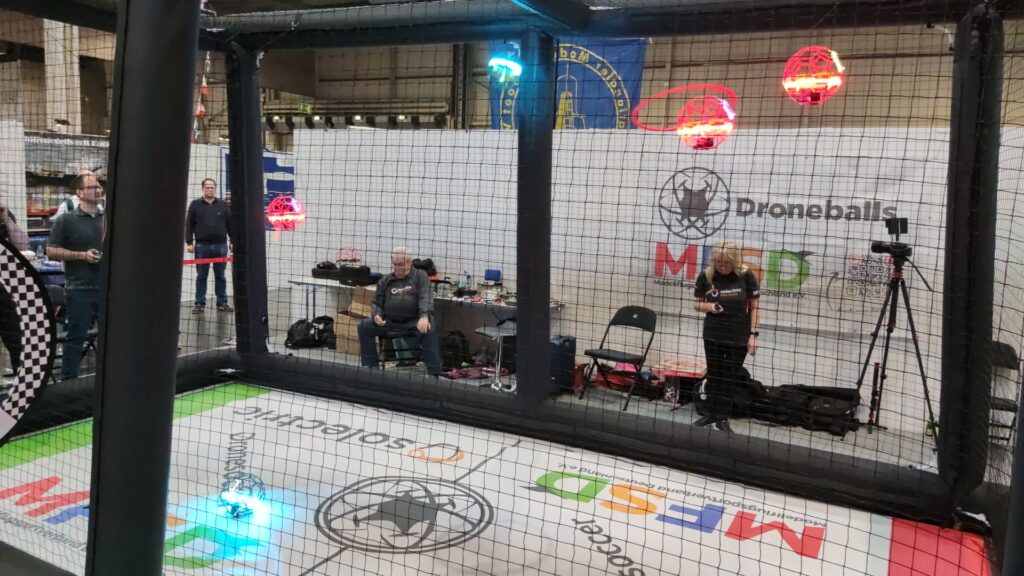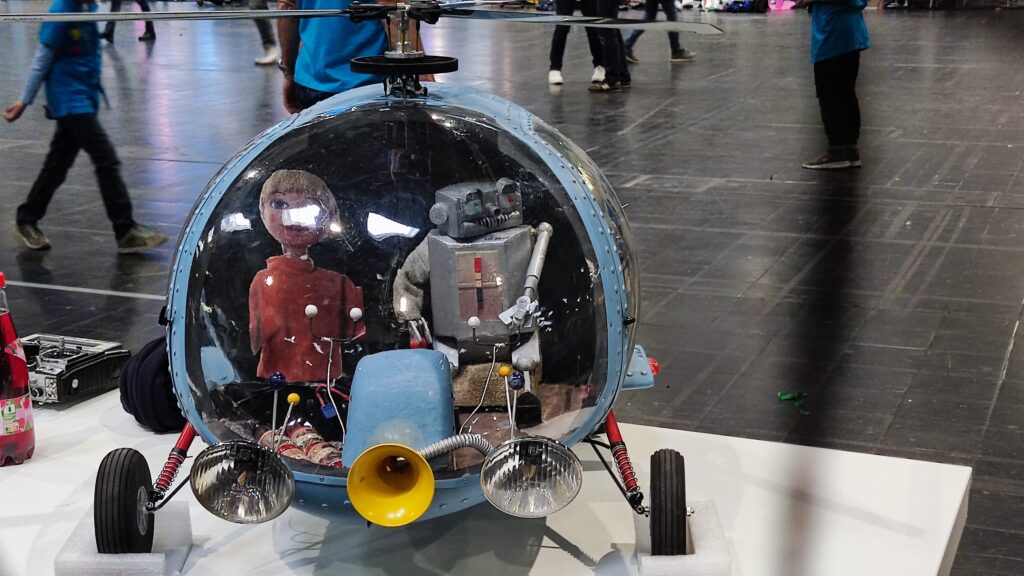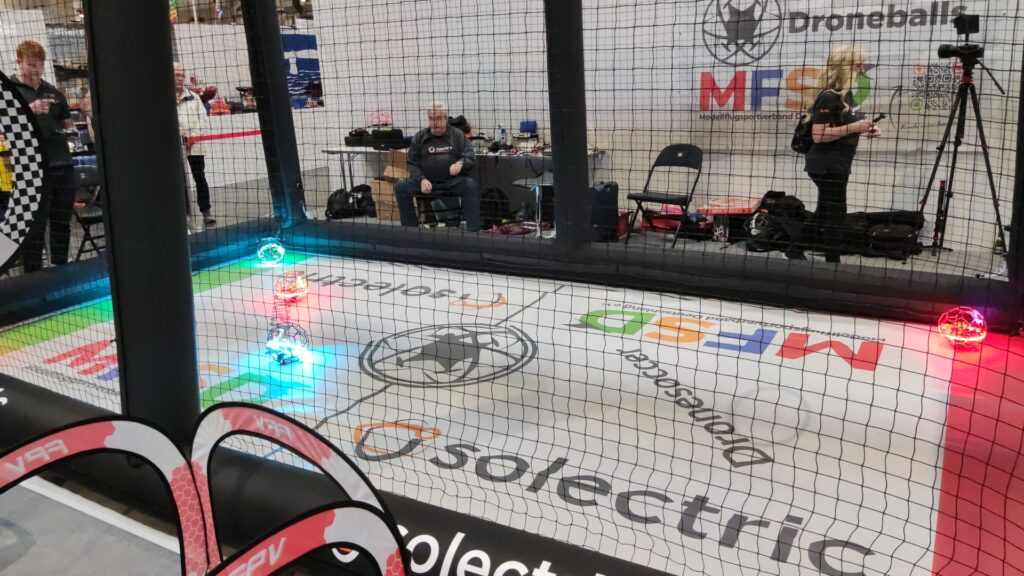In der heutigen globalisierten Wirtschaft steht Deutschland vor einer der größten Herausforderungen des 21. Jahrhunderts: dem Fachkräftemangel. Diese problematische Situation wirkt sich auf nahezu alle Branchen aus und bedroht das Wirtschaftswachstum und die Innovationskraft des Landes. Eine Lösung für die Industrie kann der Einsatz von Robotern sein. Doch wie effektiv ist dieser Ansatz und welche Auswirkungen hat der Fachkräftemangel?
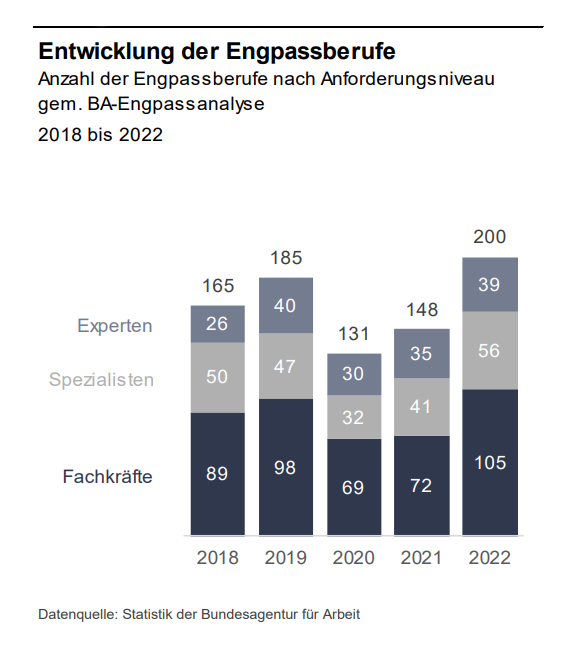
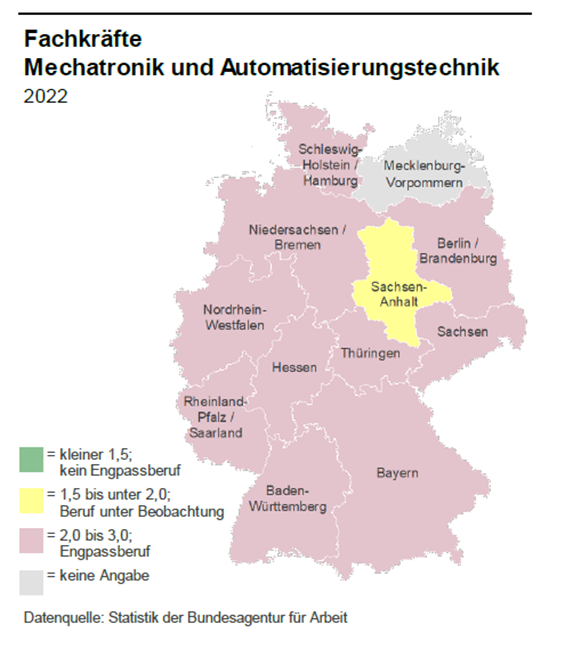
Die Abbildung 1 der Bundesagentur für Arbeit macht es deutlich: Deutschland benötigt mehr Fachkräfte. Es ist davon auszugehen, dass sich die Zahlen im laufenden Jahr (2023) weiter verschlechtert haben. Die Abbildung 2 zeigt die Problematik speziell hinsichtlich Fachkräfte im Bereich Mechatronik und Automatisierungstechnik. Quasi bundesweit zählen sie zu den Engpassberufen. Und dies spüren deutsche Industrieunternehmen deutlich.
Der deutsche Fachkräftemangel: Ein ernstzunehmendes Problem
Der Fachkräftemangel in Deutschland ist in den letzten Jahren zu einem brennenden Thema geworden. Wie Abbildung 2 zeigt, ist dieses Problem besonders in technischen und ingenieurwissenschaftlichen Berufen ausgeprägt und deshalb im industriellen und produzierenden Umfeld von großer Bedeutung. Die Gründe für das Fehlen der Arbeitskräfte sind vielfältig:
- Demografischer Wandel: Deutschland erlebt eine alternde Bevölkerung, was zur Folge hat, dass viele erfahrene Fachkräfte in den Ruhestand gehen und weniger junge Menschen in den Arbeitsmarkt eintreten. Gerade geburtenstarke Jahrgänge werden in den nächsten Jahren in Rente gehen, was eine Lücke hinterlässt.
- Bildungssystem: Die Nachfrage nach qualifizierten Arbeitskräften übersteigt oft das Angebot. Dies liegt zum Teil an Herausforderungen im deutschen Bildungssystem und der Ausbildung von Fachkräften, aber auch an mangelnden attraktiven Weiterbildungsangeboten auf dem Arbeitsmarkt.
- Konkurrenz aus dem Ausland: Fachkräfte haben heute die Möglichkeit, global nach den besten Arbeitsmöglichkeiten zu suchen. Dies führt zu einem verstärkten Wettbewerb um Talente.
Die Folgen für die deutsche Wirtschaft
- Produktionsverzögerungen: In der Industrie führt der Mangel an qualifizierten Mitarbeitern, zu Produktionsverzögerungen und steigenden Kosten.
- Innovationsrückstand: Ohne ausreichendes Fachpersonal geraten deutsche Unternehmen ins Hintertreffen, wenn es darum geht, innovative Technologien zu entwickeln und zu implementieren.
- Wachstumsbremse: Deutschland steht im internationalen Wettbewerb um Investitionen und Aufträge. Fehlende Fachkräfte verringern die Produktivität und gefährden die Wettbewerbsfähigkeit.
Besonders betroffene Branchen
In der Industrie sind fast alle Branchen vom Fachkräftemangel betroffen. Eine Branche muss jedoch besonders kämpfen: die Automobil- und Zulieferindustrie. Eines der größten Standbeine der deutschen Wirtschaft versucht im internationalen Vergleich wettbewerbsfähig zu bleiben: Digitalisierung statt Mechanik. Themengebiete die zurzeit als utopisch oder fern in der Zukunft erscheinen, werden immer relevanter, wie bspw. autonomes Fahren oder innovative Antriebsarten. Einer der größten Konkurrenten auf diesem Markt ist China, die zwar weniger hochwertige, dafür aber kostengünstige Alternativen bieten. Die Antwort vom größtem deutschen Automobilkonzern VW war eindeutig: im Jahr 2022 wurden 18,9 Milliarden Euro für Forschung und Entwicklung (F&E) ausgegeben. Doch damit diese Ausgaben auch Wirkung zeigen, braucht es fachkundiges Personal, welches Digitalisierung und Automatisierung als Chance und nicht als Bedrohung sieht.
Robotik als Teil der Lösung
Wie kann Robotik nun helfen? Der Einsatz von Industrierobotern und Cobots eröffnet Möglichkeiten, Freiräume für Mitarbeiter zu schaffen und für Entlastung zu sorgen. Angestellte haben dann die Zeit, anderen, höher qualifizierten Aufgaben nachzugehen oder sich fortzubilden. Speziell körperlich anstrengende oder repetitive Arbeit kann optimal von Robotern übernommen werden. Häufig wird dieser Ansatz aber nicht weitergedacht, da Unternehmen den Einsatz von Robotern meist mit hohem Integrations- und Schulungsaufwand und fachspezifischer Expertise aufgrund der individuellen Roboterprogrammiersprachen verbinden. Doch es gibt Template-basierte und herstellerunabhängige Programmiertools wie ArtiMinds RPS, die Unternehmen die Integration und Inbetriebnahme von Robotern erleichtern und dadurch für einen wirtschaftlichen und effizienten Einsatz sorgen. Fachspezifische Expertise in der Roboterprogrammierung wird überflüssig, der Prozessexperte kann ohne Vorkenntnisse zum Robotik-Experten werden. Der Einsatz von Industrierobotern kann somit dazu beitragen, das Problem Fachkräftemangel zu lösen und die Wettbewerbsfähigkeit der deutschen Wirtschaft zu erhalten. Welche Aspekte spielen hier eine besondere Rolle?
- Effizienzsteigerung: Roboter können repetitive und gefährliche Aufgaben in der Produktion übernehmen, was die Produktivität der Unternehmen steigert, menschliche Arbeitskräfte entlastet und zusätzliche Kapazitäten freisetzt.
- Qualitätskontrolle: Roboter können Präzisionsarbeiten durchführen und gleichzeitig eine hohe Qualität sicherstellen, was Fehler reduziert und Ausschuss bzw. Kosten senkt.
- Flexibilität: Moderne Industrieroboter sind vielseitig und flexibel einsetzbar und können unterschiedlichste Aufgaben und Prozesse übernehmen. Dank Low-Code-Tools wie ArtiMinds RPS ist es schnell und einfach möglich, den Roboter bzw. den programmierten Prozess für neue Anforderungen und Arbeitsschritte anzupassen und so z.B. auf kleine Losgrößen oder schwankende Nachfrage zu reagieren.
- Einsparungen: Auf lange Sicht können Investitionen in Robotik die Kosten senken und helfen, den Mangel an Fachkräften auszugleichen.
- Attraktive Arbeitsplätze: Neue und moderne Technologien machen Arbeitgeber und Arbeitsplätze langfristig attraktiver und können am hartumkämpften Arbeitsmarkt das Zünglein an der Waage sein. Zudem eröffnen sie neue Möglichkeiten für Innovationen und neue Geschäftsmodelle.
Je mehr Roboter, desto mehr Arbeitsplätze?
Was vorerst widersprüchlich klingt, könnte tatsächlich stimmen! In Zeiten von Industrie 4.0 muss ein Umdenken in den Köpfen der Menschen entstehen. Auf den ersten Blick stellen Roboter und eine Automatisierung von Geschäfts- oder Produktionsprozessen eine Art Bedrohung für den eignen Job dar, doch laut KUKA-Manager Heinrich Munz ist das Gegenteil der Fall: Digitalisierung und Automatisierung schaffen offensichtlich Jobs. Wenn man nämlich die Zahlen der installierten Industrieroboter mit der Arbeitslosenquote ins Verhältnis setzt, zeigt sich ein deutlicher Trend. Länder die beim Thema Robotisierung weit vorne mit dabei sind, haben eine niedrigere Arbeitslosenquote (s. Grafik 3). Das liegt in erster Linie daran, dass Roboter zwar einfache bzw. mechanische Aufgaben übernehmen und ausführen können, aber dennoch Menschen nötig sind, die komplexere bzw. kreative Aufgaben übernehmen. D.h. während einfache oder monotone Tätigkeiten wegfallen, entstehen zudem neue Berufsfelder rund um die Entwicklung, Programmierung und den Einsatz von Robotern.
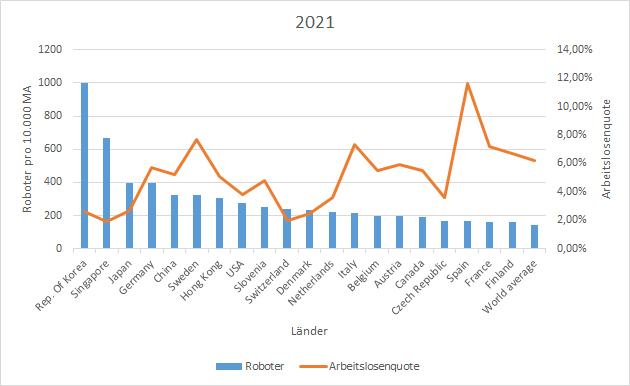
Fazit
Der Fachkräftemangel ist zweifellos eine große Herausforderung für die Wirtschaftspolitik – und das nicht nur in Deutschland. Es ist eine Kombination aus Maßnahmen notwendig, um dieses Problem anzugehen. Die Automatisierung und Integration von Robotern in industrielle (Fertigungs-)Prozesse ist ein guter Ansatz, um die Effizienz zu steigern, Kosten zu senken und die Wettbewerbsfähigkeit Deutschlands in der globalen Wirtschaftswelt zu erhalten. Die Robotisierung ist jedoch auch mit Herausforderungen verbunden. Denn sie erfordert Investitionen in Roboter-Technologien, Schulungen, das Schaffen eines Umfelds, in dem Mensch und Maschine harmonisch zusammenarbeiten können und vor allem Umdenken und Veränderungsbereitschaft. No-Code- und Low-Code-Lösungen wie ArtiMinds RPS oder ArtiMinds LAR, die die Programmierung von Robotern erleichtern, Prozesse automatisiert analysieren und dadurch auch komplexere Aufgaben automatisierbar machen, eröffnen neue Einsatzfelder, verringern den Schulungsaufwand und steigern die Flexibilität und Innovationskraft der Unternehmen.
Quelle:
https://tradingeconomics.com/country-list/unemployment-rate
https://forcam.com/wozu-wir-digitale-fabriken-brauchen-und-warum-die-digitalisierung-chefsache-ist/
Volkswagen AG – Forschungs- und Entwicklungskosten | Statista
https://ifr.org/ifr-press-releases/news/china-overtakes-usa-in-robot-density
Autor:
Silke Glasstetter
Head of Marketing
ArtiMinds Robotics GmbH

